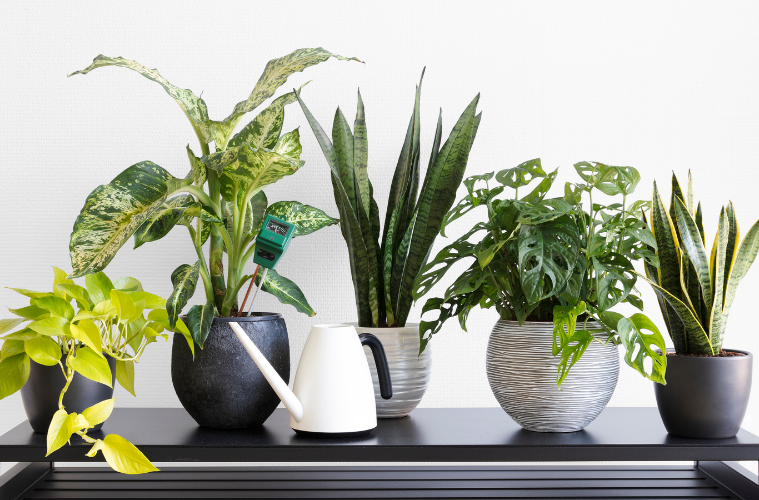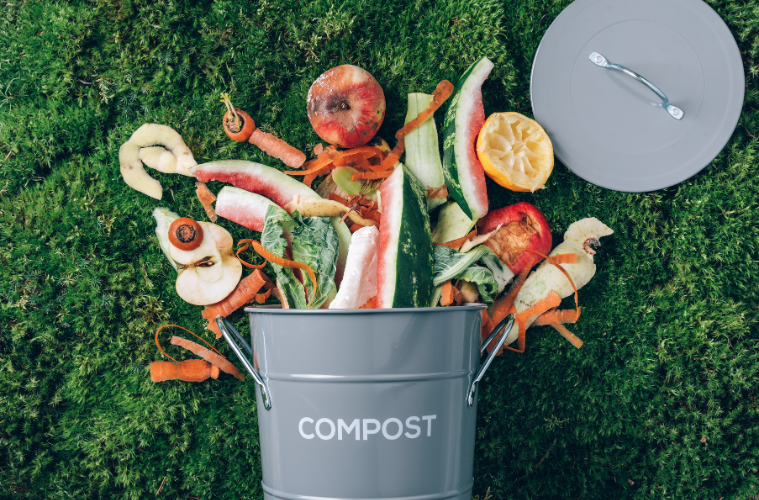Why Your Houseplants Keep Dying (And How to Fix It)
Bringing greenery into your home adds life, colour, and a sense of calm. But for many, that joy quickly turns into frustration when leaves start browning, stems go limp, and plants quietly fade, despite your best efforts.
If you’ve found yourself wondering why your houseplants keep dying, you’re not alone. The issue is rarely a lack of care. More often, it’s the wrong kind of care. Houseplants are living things with specific needs, and when those needs clash with habits or environments, they quietly show signs of distress.
Understanding why plants struggle indoors is the first step toward keeping them not just alive, but thriving.
It’s Not Always About Water
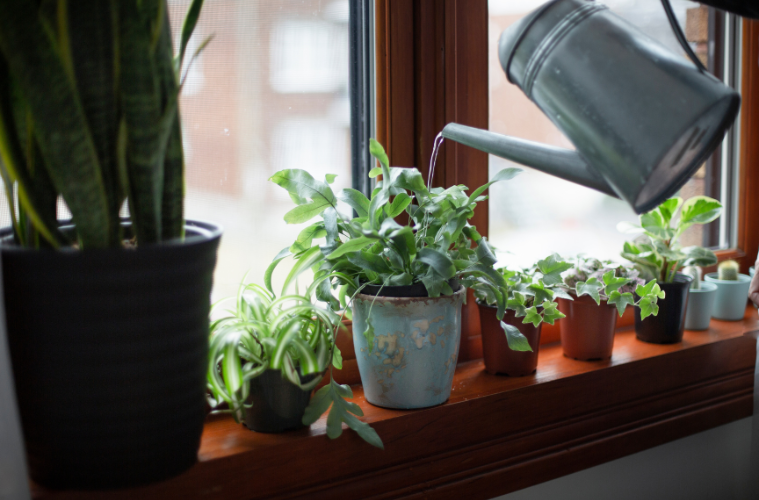
The most common mistake? Overwatering. Many well-meaning plant owners assume that wilting leaves or dry-looking soil means the plant needs more water. But most indoor plants suffer from too much moisture, not too little.
Without proper drainage, excess water leads to root rot—an invisible problem until the plant is already in decline. On the flip side, inconsistent watering schedules can shock the plant’s system, especially for species that prefer stable conditions.
Watering should be based on the plant type, light exposure, and season. What works for a tropical peace lily will not work for a cactus. And while there’s no universal rule, checking soil moisture and adjusting based on observation—rather than routine—is a foundational habit for plant health.
Light Matters More Than You Think
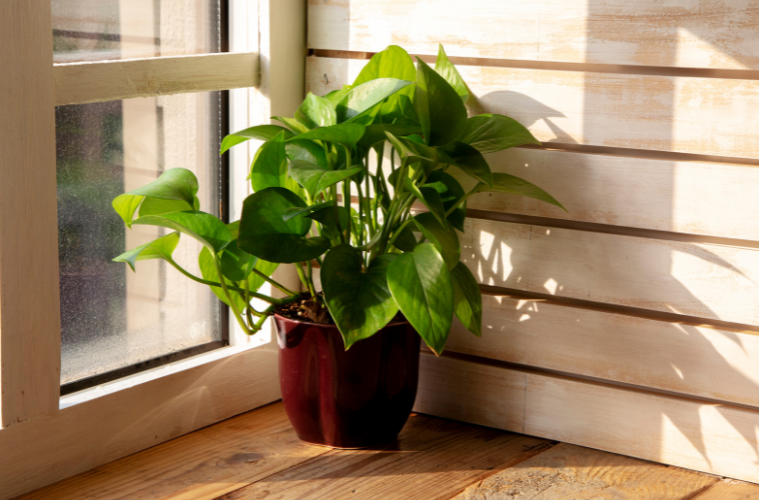
Many houseplants are native to tropical or subtropical environments, where indirect but consistent sunlight is abundant. Placing a plant in a dim corner or directly against a sun-blasted window can cause slow but steady damage.
A plant that receives too little light may grow leggy, pale, or stop growing altogether. One that receives too much can suffer from scorched leaves or dehydration, even with regular watering.
The fix? Match your plant to the light conditions you can offer. Snake plants, ZZ plants, and pothos tolerate low light well. Fiddle leaf figs, on the other hand, need bright, indirect light to flourish. Positioning plants properly can make more difference than any fertiliser or watering trick.
Environment Plays a Silent Role
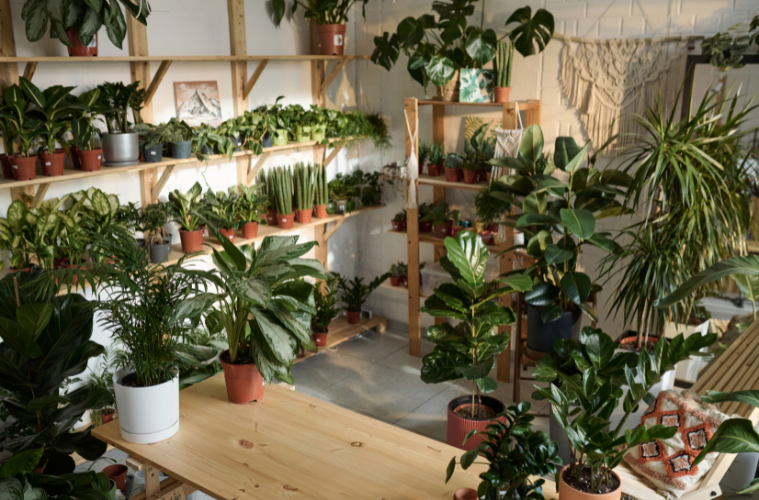
Humidity, airflow, and temperature swings are often overlooked, but they matter more than people realise. Dry indoor air from AC or heaters can weaken tropical plants. Cold drafts or sudden heat from appliances can shock roots or dry out leaves.
Beyond that, repotting at the wrong time, using the wrong soil mix, or skipping fertiliser entirely can all create subtle imbalances that weaken the plant over time. Most indoor plants benefit from a refresh in spring or early summer, when they’re in their natural growth cycle.
Final Thoughts
When houseplants struggle, it’s rarely due to neglect—it’s usually a mismatch between the plant’s needs and the environment it’s placed in.
Thriving indoor greenery isn’t about having a “green thumb.” It’s about learning how to read the signals—yellowing leaves, drooping stems, stunted growth—and responding with the right environment, not just more effort.
With a better understanding of water, light, and surroundings, keeping plants alive becomes less about guessing and more about observing. And once that shift happens, you’ll start to see your plants not just survive, but become part of a healthier, more balanced home.
